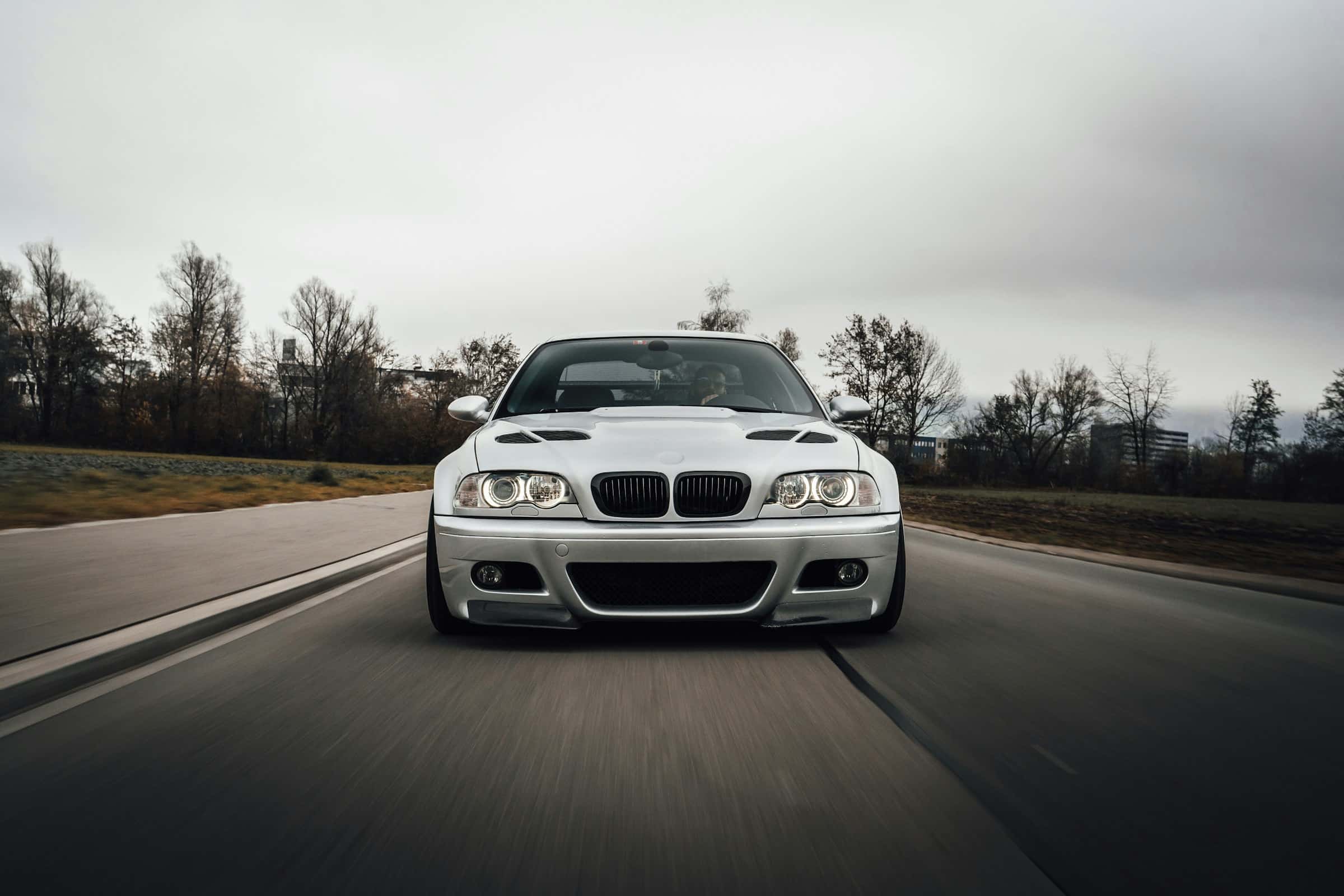Retrofitting a digital instrument cluster in a 1999 BMW E46 is a project that combines the best of both worlds. You get to maintain the classic aesthetic of your vintage car while enjoying the modern conveniences that today’s drivers have come to expect. This process involves swapping out the old analog display on your dashboard with a sleek, new digital interface. However, it’s not as simple as plug-and-play, there are several steps to the process that you need to be aware of.
Understanding the Basics of Retrofitting
Before diving into the project, it’s crucial to understand what retrofitting involves and why it’s beneficial. Retrofitting is the process of adding new technology or features to older systems. In this case, you’ll be updating the conventional instrument cluster in your BMW E46 with a more contemporary digital equivalent.
Also to discover : Can a Stage 3 Clutch Kit Improve the Drivetrain Durability of a Modified Mitsubishi Evo IX?
A digital instrument cluster offers numerous advantages over its analog counterpart. For instance, it presents data in a more visually appealing and easy-to-understand format. It can also be customized to display a wide array of information, including navigation directions, real-time fuel efficiency, and system alerts, among others. Furthermore, it brings a modern and high-tech look to your vehicle’s interior.
Identifying the Required Components
To carry out this retrofit, you’ll need several components. The primary one is a digital instrument cluster compatible with the BMW E46. The iDrive system is one of the most popular choices. Originating from BMW, it’s designed to work seamlessly with your car. Available in different versions (CCC, CIC, and NBT), the iDrive offers varying levels of functionality and price points. You should select the one that suits your needs and budget.
Have you seen this : How to Install and Calibrate Aftermarket Pedal Shifters in a Mercedes-AMG GT for Enhanced Gear Control?
Besides the iDrive, you’ll also need a wiring harness, a mounting bracket, and a coding cable. The wiring harness and bracket will help you install the iDrive into your car, while the coding cable is used to program it with the car’s software. You may also need a new bezel to accommodate the size and shape of the digital display.
Installation Process
Once you have the necessary components, it’s time to start the installation process. Begin by disconnecting your car’s battery to prevent any electrical issues. Next, remove the old instrument cluster. This often involves removing the steering wheel and several dashboard pieces.
After that, the iDrive can be installed. Secure it in place with the mounting bracket and connect it using the wiring harness. Make sure all connections are secure, as loose or improper wiring can cause the system to malfunction.
The next step is to program the iDrive to work with your car. This process, known as coding, involves using the coding cable to connect the iDrive to a computer or laptop. From there, you’ll need to download and run special software that will allow the iDrive to communicate with your car’s onboard computer system.
Post-Installation Checks
Once the installation process is complete, you should perform a series of checks to ensure everything is working correctly. Start by turning on your car and checking if the iDrive boots up correctly. Explore the various features and settings to make sure they’re working as expected.
Also, pay attention to the car’s overall functionality. Check if the radio, navigation system, and rear view camera, if present, are functioning properly. Make sure no error lights are lit up on the dashboard. If you encounter any issues, you may need to recheck your wiring connections or recode the iDrive.
Appreciating Your Modernized Vintage BMW
With the retrofitted digital instrument cluster, your vintage 1999 BMW E46 will now have a modern look and feel. The updated technology brings an added level of convenience and functionality, enhancing your driving experience. Although the retrofit process involves a considerable amount of work and time, the result is undoubtedly worth it. Now, you can enjoy the best of both worlds – the classic charm of a vintage car with the modern conveniences of contemporary vehicles.
So, are you ready to bring your beloved E46 into the 21st century? With careful planning and execution, you can certainly bring a modern touch to your classic beast.
Troubleshooting Common Problems
While retrofitting your vintage 1999 BMW E46, you may encounter some commonly faced issues. Understanding these issues and their fixes can ease your troubleshooting process and ensure a smooth installation journey.
One frequent issue is the head unit not functioning as expected. This could be due to inappropriate coding or incorrect wiring. Ensure that you’ve connected the wires correctly as per the provided instructions. If the problem persists, you may want to redo the coding process with special attention to compatibility with your specific BMW series.
Another common trouble spot could be the rear view camera. If the camera is not displaying correctly, or not displaying at all, check if it’s plugged in properly and the aux input is connected right. If everything seems fine physically, then the issue might be in the coding phase. Make sure you’ve coded the iDrive correctly for the rear camera.
If you notice the traction control light blinking or staying on after the retrofit, it could indicate a possible miscommunication between the digital instrument cluster and the car’s onboard system. In such a case, it’s advisable to seek professional help or refer to online help forums dedicated to BMW models.
In some cases, the business navigation may not function correctly after the retrofit. This usually happens if the CIC iDrive has not been coded to work with your specific BMW series. Re-visit the coding process to resolve this issue.
Remember, every car, even within the same model series, might behave differently due to the various changes and repairs it has undergone over the years. Therefore, it’s crucial to carry out each step with precision and cross-check every process.
Conclusion: Enjoying Your Retrofitted BMW E46
Retrofitting a digital instrument cluster in a 1999 BMW E46 may seem like an arduous task, but with careful planning, a little patience, and the right tools, it’s a project that’s certainly manageable. Despite the potential challenges, the benefits you gain are significant.
With this upgrade, your vintage BMW gets a fresh, modern look and enhanced functionality, not to mention the added convenience of a digital display. You’ll appreciate the easy-to-read data, customizable displays, and superior control of your vehicle’s systems.
Whether you’re a vintage car enthusiast wanting to have a touch of modernity or a practical driver looking for enhanced convenience, this retrofit project can offer you the perfect balance. So, why wait? It’s time to give your beloved BMW E46 a modern makeover and make every drive an experience to cherish.
As you embark on this journey, remember to be meticulous with each step, double-check all your connections, and ensure your coding is spot-on. The key to a successful retrofit lies in the details. With your passion and perseverance, your classic track car will soon sport a stunning, functional, and modern digital instrument cluster. You’re all set to turn heads on the roads of San Jose or wherever you go!











